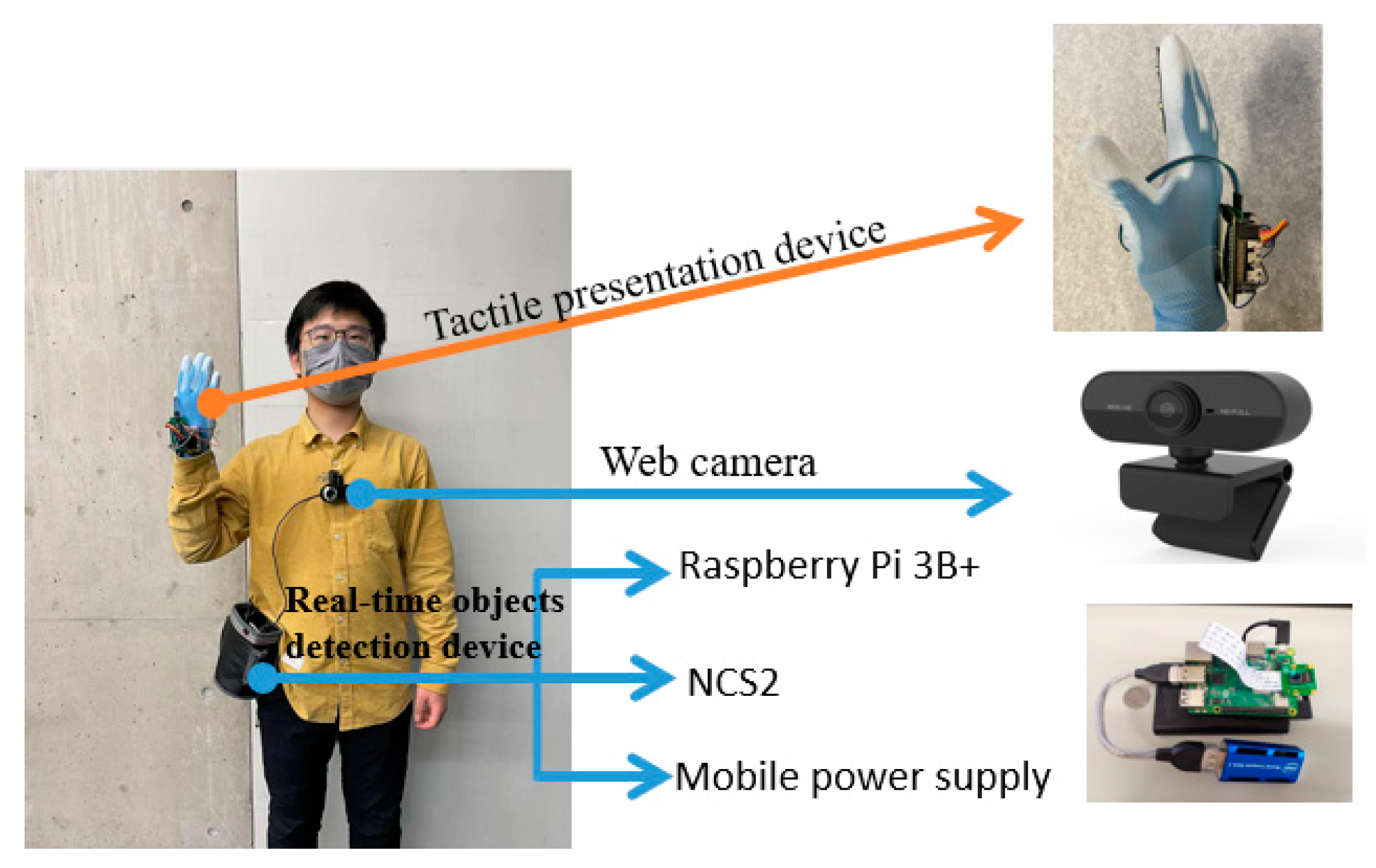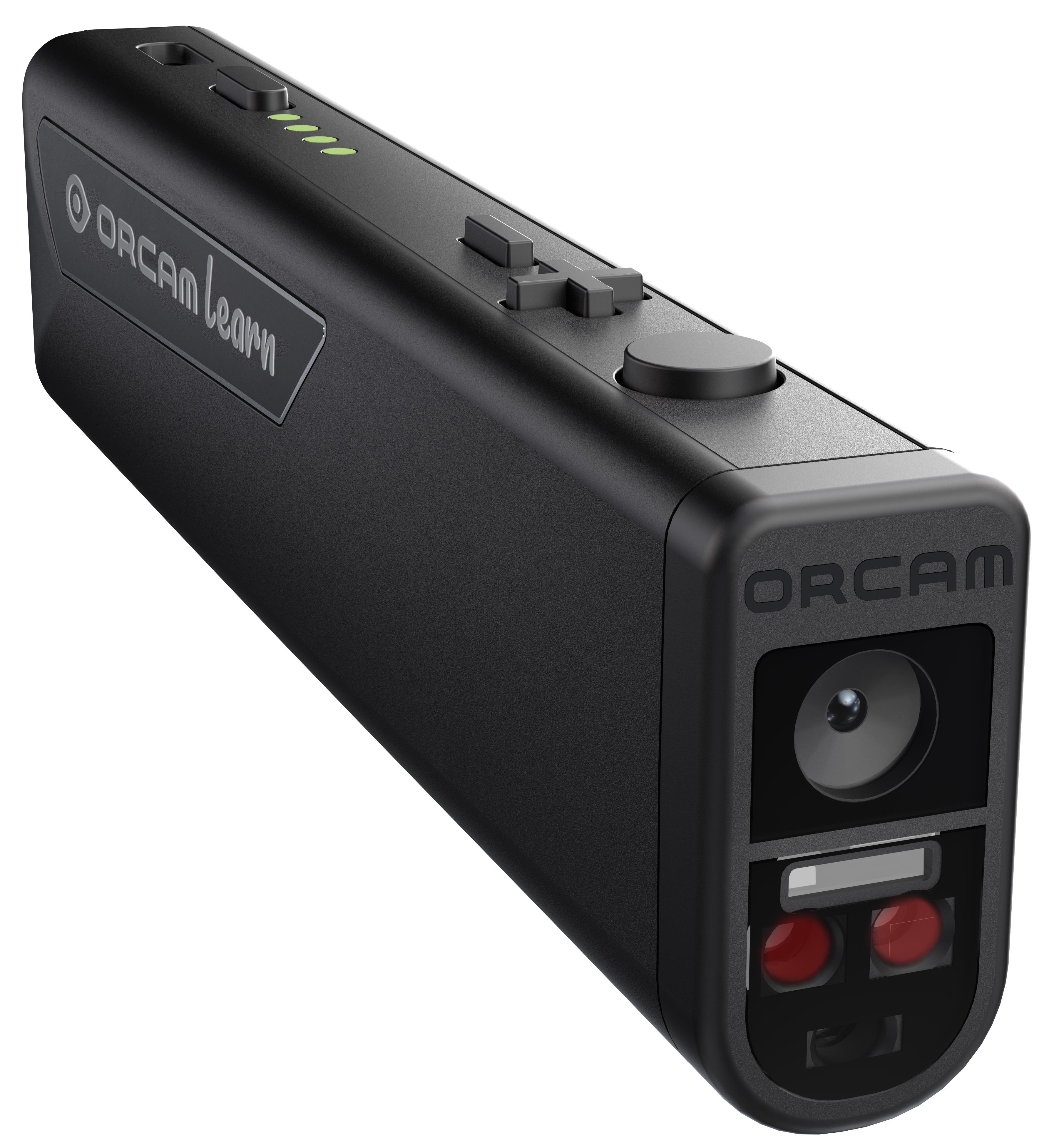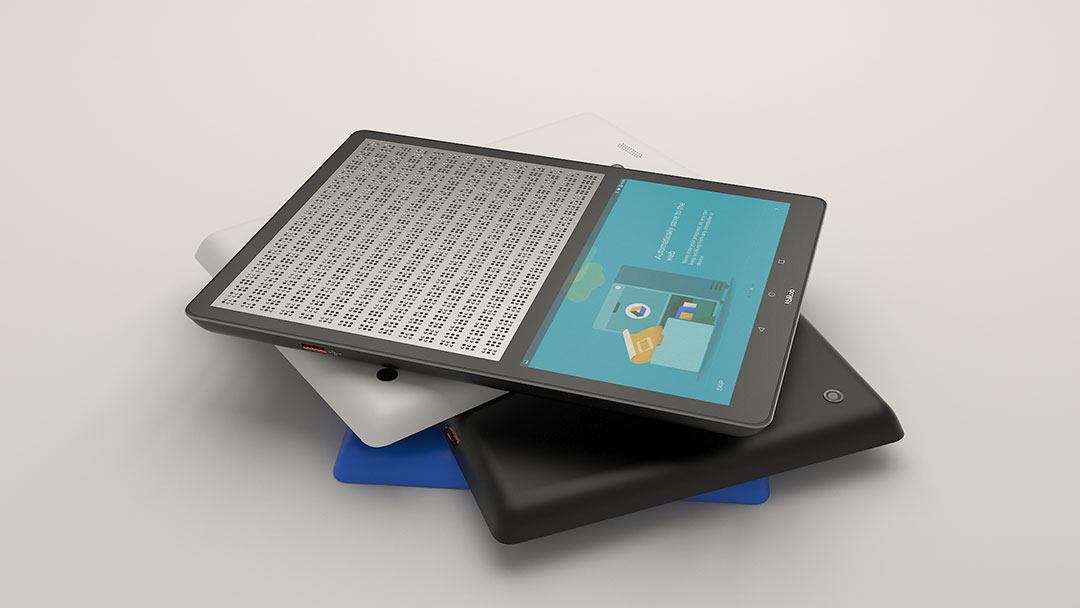Discover Innovative Tools Developed for the Aesthetically Damaged
The development of innovative devices for the visually damaged represents a considerable innovation in ease of access and independence. Technologies such as clever glasses with AI capacities and mobile applications created to supply acoustic summaries are reshaping everyday experiences for users. Additionally, wearable devices that use haptic responses enhance environmental awareness, while modern-day Braille advancements supply brand-new ways to engage with message. As these tools remain to develop, their impact on the lives of those with aesthetic impairments increases vital inquiries about the future of inclusivity and freedom in various elements of life. What exists ahead in this technical landscape?
Smart Glasses for Navigating

Smart glasses developed for navigating are transforming the method aesthetically damaged individuals engage with their environment. These innovative devices make use of a mix of electronic camera modern technology, artificial knowledge, and auditory comments to supply real-time details regarding environments. By utilizing challenge discovery systems, smart glasses can notify customers to potential hazards, enabling safer wheelchair in both familiar and unknown setups.
The assimilation of GPS innovation better boosts navigation abilities, enabling customers to receive acoustic instructions as they relocate. This hands-free method not only cultivates independence however additionally empowers aesthetically damaged individuals to navigate urban landscapes with raised confidence. Furthermore, several smart glasses are furnished with features that determine spots and street indications, supplying contextual details that enhances the customer experience.
Additionally, the growth of these devices is continuously progressing, with companies working to boost the accuracy of object recognition and expand the series of navigational attributes. As smart glasses come to be a lot more obtainable and budget friendly, they hold the potential to dramatically change everyday life for visually impaired individuals. Ultimately, these cutting-edge devices represent a vital step toward inclusivity, offering improved wheelchair and a better feeling of freedom for people browsing the globe around them.

Mobile Apps for Daily Living
How can mobile applications boost the day-to-days live of visually impaired individuals? Mobile apps are changing the method aesthetically impaired individuals navigate their atmospheres, handle daily jobs, and access information. These applications supply important support via numerous capabilities, promoting self-reliance and boosting top quality of life.
Numerous ingenious mobile applications are designed especially for day-to-day living. Applications like Be My Eyes attach aesthetically impaired customers with sighted volunteers via video clip calls, permitting them to receive real-time assistance with jobs such as reading labels or navigating strange areas. Seeing AI, created by Microsoft, utilizes man-made knowledge to explain environments, reviewed message, and determine items, successfully changing a mobile phone right into an effective tool for daily assistance.
Furthermore, navigation applications customized for the visually damaged, such as Aira and BlindSquare, use audio-based directions and environmental details, making it possible for users to traverse their environments securely and with confidence. Past navigation and prompt help, mobile applications also sustain company and job management, with attributes that aid customers establish tips, develop order of business, and track appointments. In summary, mobile applications function as indispensable sources, encouraging visually damaged people to lead even more independent and satisfying lives.
Wearable Technologies for Assistance
Empowerment through innovation is increasingly obvious in the world of wearable tools designed to help visually damaged individuals. These cutting-edge devices integrate effortlessly into day-to-day life, enhancing navigating and providing important responses to users. For circumstances, smart glasses outfitted with cams can check out and identify faces text aloud, allowing individuals to connect more confidently in social and specialist settings.
An additional significant advancement is using haptic comments systems in wearable tools. These systems use vibrations or other tactile signals to convey information about the customer's environment, such as obstacles or changes in surface, boosting mobility and safety and security. Wearable modern technologies also include wristbands that attach to smart devices, signaling customers to notifications via refined resonances, hence enhancing connection without dependence on aesthetic cues.
As these modern technologies remain to advance, they are not only enhancing independence for aesthetically damaged people yet additionally promoting a greater sense of inclusion in society. By connecting the void in between challenges faced in everyday living and the potential for freedom, wearable modern technologies serve as essential tools in the pursuit for equality and empowerment for those with visual impairments.
Sound Description Devices
Audio summary tools play an important duty in improving accessibility for visually damaged individuals, supplying them with the capacity to engage with aesthetic media. Speech-to-text devices for low vision. These devices use click here for more narrated summaries of essential aesthetic elements in movies, tv shows, and live efficiencies, ensuring that users can fully comprehend the context and emotions conveyed through visuals
Sound description can be incorporated right into various platforms, including streaming solutions, cinema screenings, and live theater. Several popular streaming solutions currently include audio description as an accessibility attribute, enabling visitors to choose it quickly. In enhancement to conventional media, specialized applications likewise exist, providing audio descriptions for art exhibits, galleries, and various other social events.
The effectiveness of audio summary depends upon the skill of the narrators, that should share visual details succinctly without interfering with the initial sound. Technologies in this field are additionally leading the method for even more personalized experiences, where customers can adjust the degree of detail and pacing according to their preferences.
Braille Innovations and Gadgets
Braille tools and innovations have dramatically transformed the means visually impaired individuals interact with message and information. Modern innovations have actually brought about the advancement of flexible tools that enhance proficiency and independence amongst customers. Notably, Braille show innovations have progressed, enabling vibrant analysis experiences. These tools convert electronic text into Braille, making it possible for customers to access a large range of details on computer systems, smartphones, and tablets.
Furthermore, mobile Braille notetakers combine standard Braille input with contemporary capabilities, assisting in note-taking, organizing, and record modifying on the move. Wearable technology for low vision. These portable devices commonly feature text-to-speech capabilities, linking the void in between Braille and auditory details
On top of that, ingenious Braille printers have emerged, allowing customers to generate Braille labels, papers, and instructional materials successfully. This ease of access promotes greater engagement in specialist and academic environments, ultimately promoting inclusivity.
Furthermore, study into clever Braille innovations continues to increase. Instruments that incorporate expert system are being discovered to offer real-time navigation help and contextual info, enhancing the individual experience click over here now in varied settings. On the whole, these innovations mirror a commitment to encouraging aesthetically damaged individuals via view website technology, ensuring they can conveniently gain access to and involve with the globe around them.

Final Thought
The improvement of innovative devices for the visually impaired significantly boosts independence and lifestyle. Smart glasses, mobile applications, wearable modern technologies, audio description tools, and Braille innovations collectively encourage individuals by offering important navigation aid, ecological understanding, and improved reading experiences. These technologies not just foster higher addition however also advertise freedom in day-to-day tasks, inevitably contributing to a more fair and available culture for visually damaged individuals. Continued advancement in this area holds guarantee for further improvements.
As clever glasses come to be more easily accessible and economical, they hold the potential to considerably change day-to-day life for aesthetically impaired users. Mobile applications are changing the way visually damaged users browse their atmospheres, take care of day-to-day jobs, and gain access to details. Applications like Be My Eyes attach visually damaged customers with sighted volunteers via video telephone calls, enabling them to get real-time support with tasks such as checking out labels or browsing unfamiliar spaces.Furthermore, navigating apps tailored for the aesthetically impaired, such as Aira and BlindSquare, provide audio-based instructions and ecological details, making it possible for customers to traverse their environments securely and with confidence.The development of innovative tools for the aesthetically impaired substantially improves independence and high quality of life.